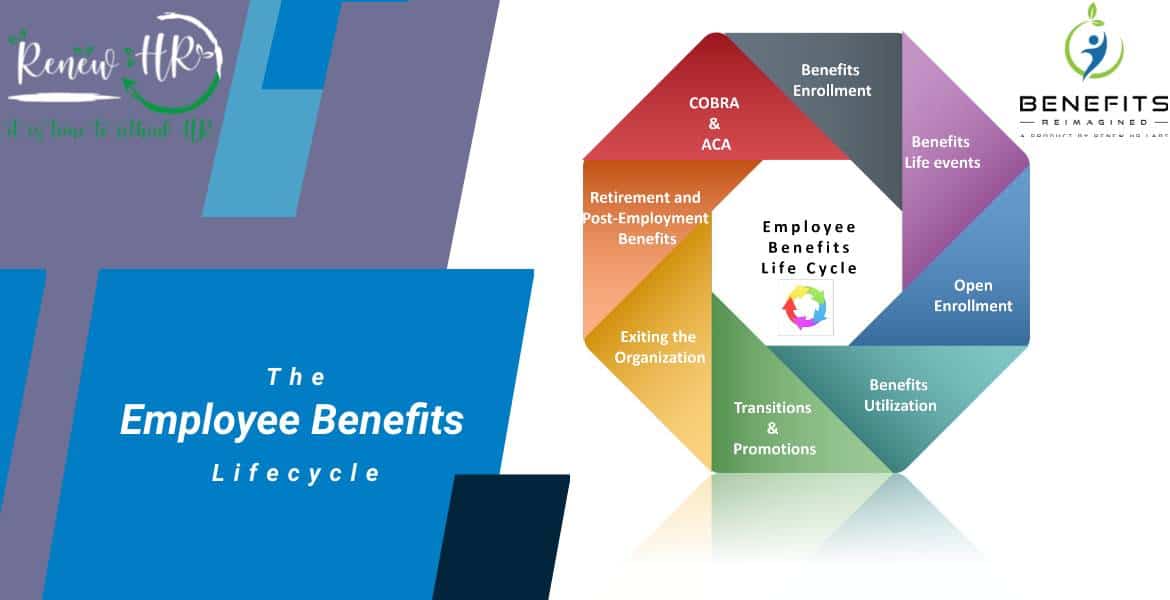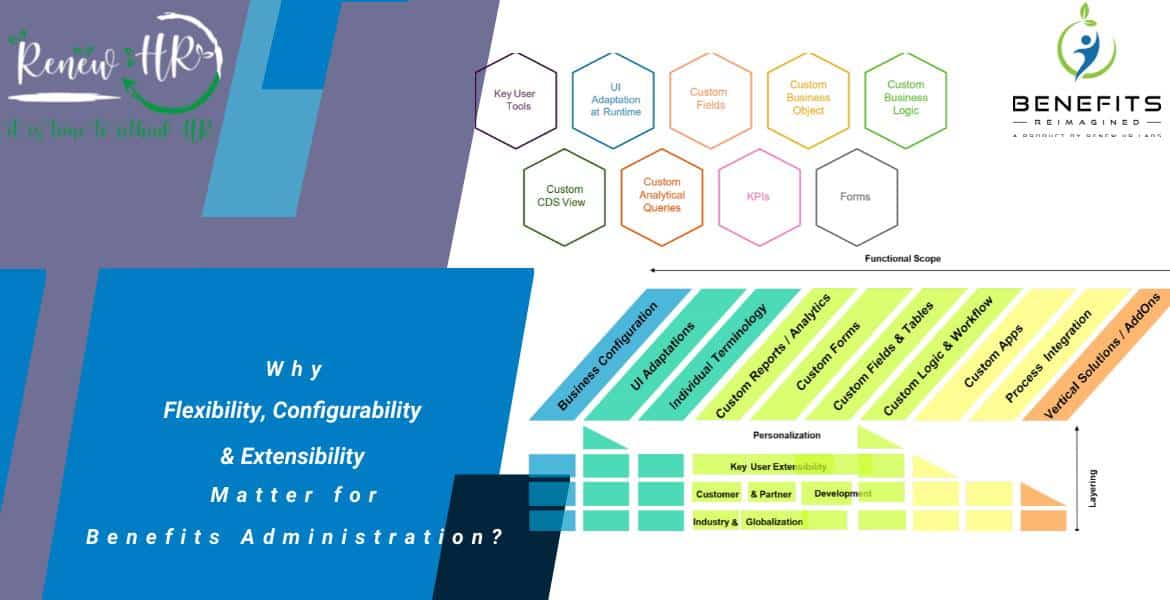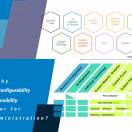Contents
Virtual Work or Work from Home
In this blog series, we will describe the 7 most pressing challenges, trends, and possible opportunities in front of HR organizations as the enterprises they support come out of this pandemic and adjust to the ‘new normal’
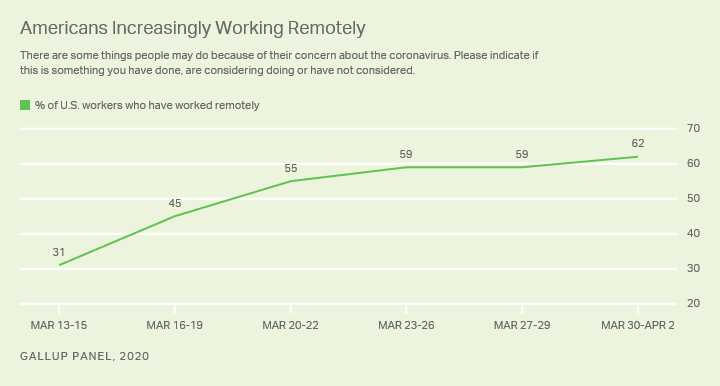
Global Workplace Analytics believes that 25-30% of the workforce will work from home on a regular basis by the end of 2021. Employees and investors alike are demanding it. Managers and executives are becoming more trusting, as the feared “decrease in productivity” hasn’t materialized. Companies see opportunities for cost savings, and reduced travel and commuting has a positive impact on sustainability and social distancing alike.
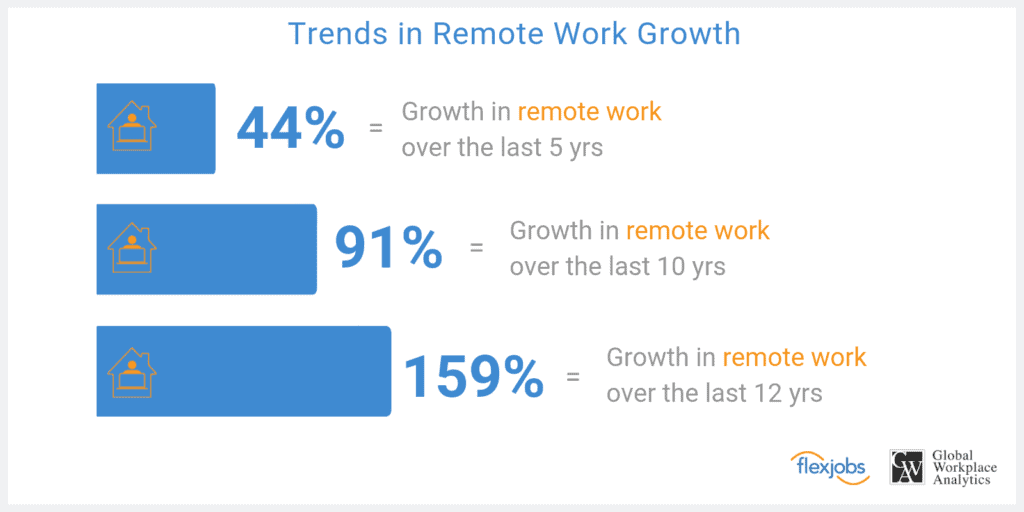
What can HR do?
Working from home, however, is more than just having secure access to the company’s systems and servers. For many employees and employers, it can be a fundamental shift in the working experience.
HR can help with the transition and transformation to remote working. Here are some of the considerations to keep in mind:
Flexible policies, procedures, and compliance requirements:
HR needs to adapt the organization’s policies and procedures such that they consider remote working realities – from acknowledging employees’ domestic situations to securing company data and assets.
Corporate communication:
The pandemic exposed challenges and opportunities for improvements in communication. Going forward, HR needs to work alongside the corporate communications team to determine the tone, frequency, and communication channels or platforms to reach both employees working from home and frontline employees.
Critical skills and competencies:
Work from home does require a unique set of skills, which can be difficult for some employees to gain proficiency. HR needs to create opportunities for all employees to learn the tools and techniques required to work effectively from home.
Management styles:
HR will need to develop and implement best practices for leaders and supervisors to properly manage and inspire employees while taking into consideration the realities presented by working from home. As an example, employee evaluations and goals likely need to change for remote setups.
Faster Technology adaptation:
HR needs to have therobust technology infrastructure to manage both onsite and virtual employees. The tech needs to facilitate collaboration regardless of where employees are, and of course must minimize business disruption. In addition, companies that have not adopted cloud computing solutions might benefit from a revisit considering the new reality of disparately located employees.
Employee experience:
Employees are the fuel that keeps the company thriving, and it’s important to consider the personal challenges each one of them might be facing in these times. HR can demonstrate empathy and leadership by reworking its “employee journey maps” for this new reality, providing flexible work options and rethinking the employee experience for a remote/mixed workforce. It also remains crucial that HR maintains a personal touch with employees, even in this new, virtual world. For example, unconventional approaches such as social media and virtual happy hours can keep employees engaged and in tune with the corporate culture.
- The employee benefits lifecycle - 04/08/2023
- Why Flexibility, Configurability & Extensibility matter for Benefits Administration? - 02/08/2023
- The communication challenges - 31/07/2023



